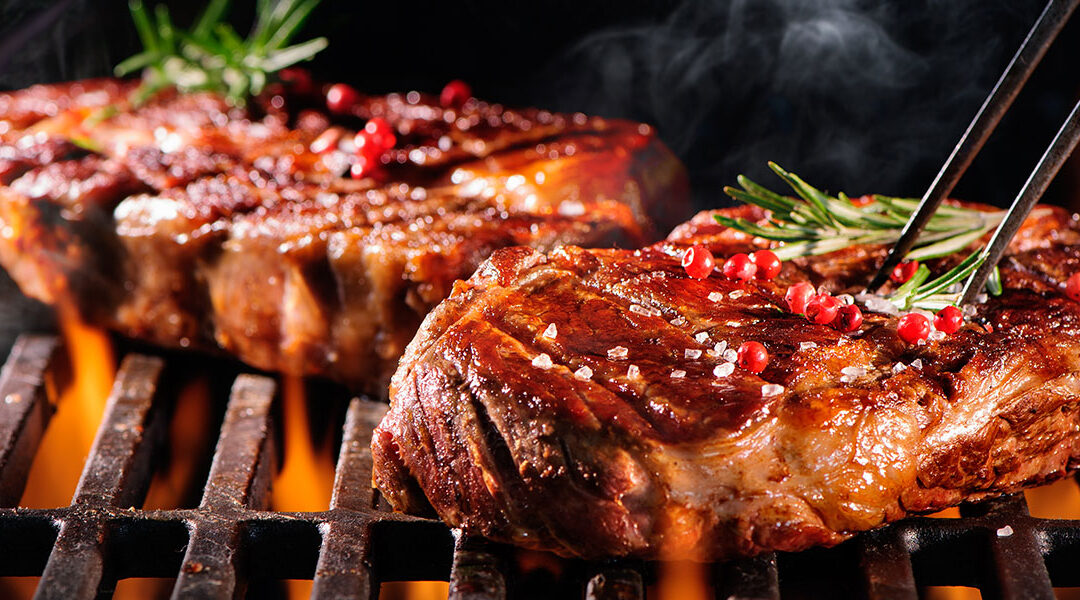
Lower Back Twinge: What Should I Do?
I recently had the unfortunate incident of injuring my back during yoga. This class was much more intense than usual, and there was some twists and turns that I should have opted out for. The stretch that was finally too much, was actually sitting with my legs straight out, and stretching the opposite arm to the opposite leg. It was at this moment that I experienced the sharp, lower back twinge that sends panic to your brain. I immediately stopped and realized that this was not good. After class I went to put on my shoes, and there it was again except even more intense. I knew the next few hours were going to get progressively worse.
A lower back twinge usually happens during a simple movement that uses an angle that your lower back does not agree with. It can be as simple as picking up a grocery bag, a baby or picking up something you dropped. But a lot of these injuries occur during squats and deadlifts due to poor form.
The first thing that came to my mind was I use to deadlift 400lbs without any injuries, and I pull a muscle in my back stretching. Fantastic.
4 Hours Later: All Aboard The Lower Back Twinge Pain Train
Later in the evening, I’m walking around like a stiff grandpa and using the grandma style squat technique to pull things out of the refrigerator. Drop something on the floor? You have to go into a lunge. Take off your shoes? You have to lie on the bed and put your feet in the air like a baby.
The pain was bad and I was seriously limited in my movements. If you injure your arm, shoulder, hamstring or ankle, at least you can workout other parts of your body and pretty much get around it. But your back is the center of every movement you do. Whether you work in an office our outside, a back injury affects everything. So I was not going to take this lying down so to speak.
If you need to get back to work -physically and at your office – and want to accelerate the healing process, here is the best way to accelerate the healing process for a lower back twinge.
Conventional Wisdom for the Lower Back Twinge
Conventional “wisdom” says to use Motrin or other pain killers and ice. Only half of that wisdom is correct. Ice is crucial, especially in the beginning. While NSAID’s may be necessary for acute pain in the early stages, you can relieve the pain and accelerate the healing process while still having the feedback mechanism is place that tells you not to move in a certain way for other circumstances.
Lower Back Twinge Program
ICE + NATURAL ANTI-INFLAMMATORIES + HEALING AGENTS + REST = BACK TO BUSINESS
If you are serious about not missing workouts or work due to this injury, it will be well worth your time to follow this program.
Ice: Ice it 4 times a day for 20 minutes.
You will likely need to find a cannabis shop to get the right CBD product. A full spectrum CBD product is night and day when it comes to pain relief. My mom has chronic back pain, and this is the only thing that worked. The 100% CBD tincure is best for pain, and the 1:1 CBD to THC tincture is best for sleep.
Magnesium is what relaxing, while calcium is contracting. Magnesium provides tremendous relief from muscle spasms and pain because it helps it let go. In fact, spasms can occur from a magnesium deficiency in the first place. Magnesium is needed for 300 biochemical reactions that maintain muscle and nerve function, and both magnesium and malic acid have been found to provide support to individuals with muscle tenderness and fatigue.
A study of 24 individuals found malic acid along with 300 mg magnesium taken two times daily provided significant support in measurements of tenderness and discomfort.
3. Nordic Naturals Ultimate Omega
Omega-3 fatty acids are one of the most well-studied and effective anti-inflammatories. A 2006 human study results found that omega-3 fatty acids (between 1200-2400 mg daily) mirror other controlled studies that compared ibuprofen and omega-3 EFAs demonstrated equivalent effect in reducing arthritic pain.
From the same study “omega-3 EFA fish oil supplements appear to be a safer alternative to NSAIDs for treatment of nonsurgical neck or back pain in this selective group.” Fish oil should not be used at the same time as aspirin and blood thinking medications.
According to this study, “it is clear that vitamin C has a major role to play in mitigating pain in a number of clinical conditions,” especially when combined with beta-carotene and methionine. Vitamin C is necessary for the correct synthesis of collagen, and it helps to maintain healthy collagen.
Collagen is the glue that holds your body together, and without healthy collagen, you will begin to fall apart. Vitamin C strengthens the tendons through collagen synthesis and has been found to accelerate the healing process of the Achilles tendon, which you can read about in the article Is Vitamin C the Most Important Vitamin For You? This will also help you determine your dosage.
Results and Other Notes after 1 Year
While I had a few incidences when it started to bother me (mainly if lifting heavy weights) there were a few things that made the biggest difference.
Get a lacrosse ball instead of a foam roller. Using this on the glutes helped keep my back much looser and made the biggest difference with releasing knots.
I also learned how important it was to pay special attention to keeping my hips, lats, and hamstrings loose with post-workout stretching, and making sure the core as a whole gets worked, especially a hyperextension bench. Overworking the abs with pulling and crunching motions appears to also lead to potential issues.


Recent Comments